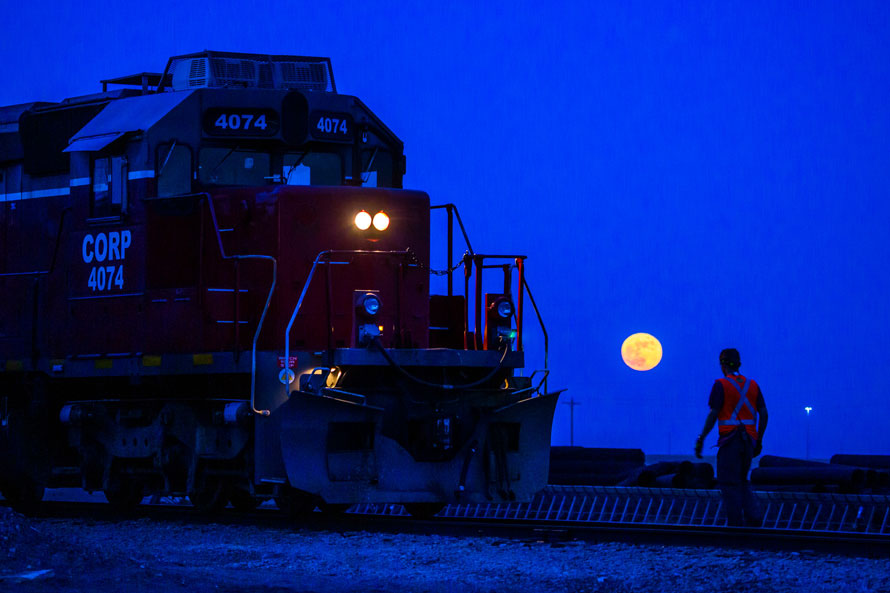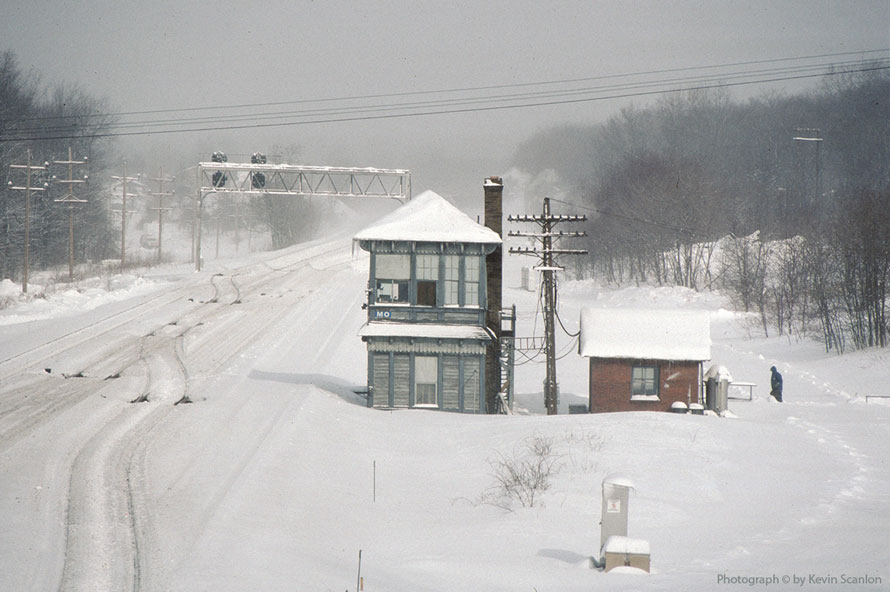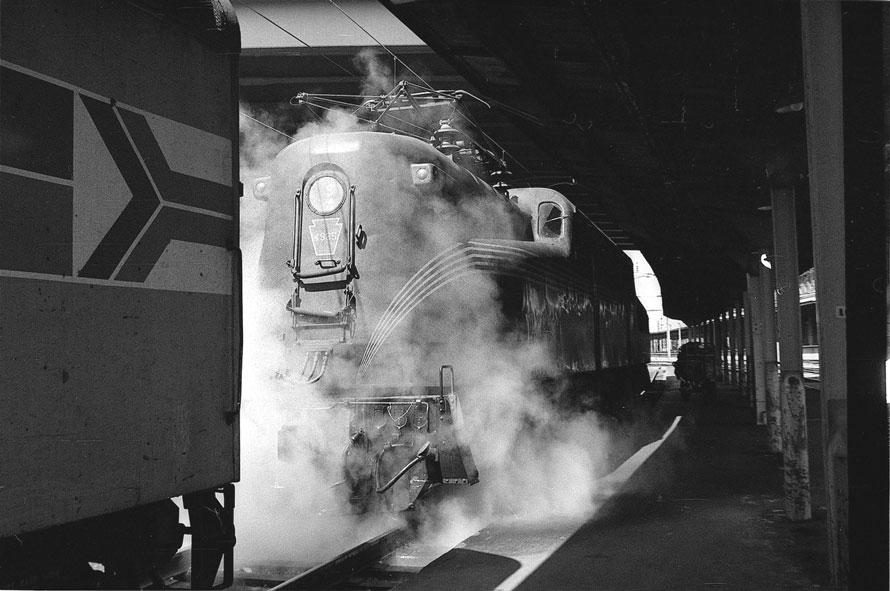Part Two
The Beginning of the End
In 1968, Robert McMillan left the Chicago & Western Indiana. The new owners of the C&WI wanted to demolish the 47th Street Roundhouse due to the building falling into disrepair, so with no warning, on February 27, 1969, Dick Jensen received a notice that he had 30 days to vacate the property. Negotiations with the C&WI extended the deadline to June 1. Panicking, the Midwest Steam Railfan’s Association quickly removed everything they could from the roundhouse. Lots of the little things were loaded into Dick’s bread delivery truck and stored at his home in Forest Park, Illinois.
With no place to relocate the two disassembled CB&Q locomotives to, Dick and his crew desperately searched for a new storage site, even if it was temporary. At one point, there were ongoing discussions of bringing the 4963 and 5632 to the Illinois Railway Museum in Union, Illinois, but for reasons unknown, the plan never materialized, and the two engines remained in the roundhouse. (At the time, the 5629 was being stored in Detroit for excursion use there and besides some spare parts that Dick had kept in the roundhouse, it was uninvolved with this.)
Read more

